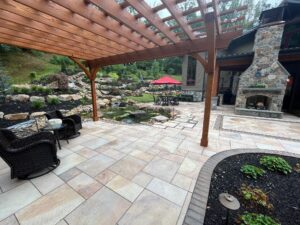
How To Plan For Your Next Outdoor Project In 3 Steps
In Central Pennsylvania, the warm months offer the best chance to spend time outside, whether it’s relaxing in the backyard, hosting friends or showing finished homes in a new residential development. But to make the most of that time, outdoor spaces need to be clean, functional and able to handle the local climate.
For homeowners, that might mean creating a space to enjoy summer evenings without worrying about overgrown shrubs, drainage issues or crumbling hardscapes. For developers, it means making sure properties are move-in ready and visually appealing, with landscaping that adds lasting value.
At River Valley Landscapes, we help homeowners and developers create and maintain stunning outdoor spaces. We know what works in this region, from managing stormwater runoff to choosing the right materials and plants for Central PA’s humidity and heat. Let’s walk through everything you need to get an outdoor living space summer-ready.
Step 1: Assess Your Outdoor Space
Before making any summer landscaping plans in Central PA, take some time to evaluate how your outdoor space currently looks. Some things to keep in mind include:
The Lawn
Is the lawn healthy and even, or are there patches of bare soil, overgrowth or weeds taking over? From single yards to stretches of community lawns, green spaces should look clean and well-kept. These visual details go a long way in how a property is perceived, whether you’re enjoying it with guests or showing it to potential buyers.
Existing Features
Take inventory of existing features like flower beds, patios, walkways or retaining walls. Are they functional and attractive, or are they overdue for a refresh? Identify areas that need renovations, and don’t forget to inspect them for winter damage. Cracked pavers, leaning fences or broken lighting should go on your “fix-it” list.
Purpose of the Space
Every outdoor space should serve a clear purpose. It could be a quiet place to relax, a yard for kids to run around or a shared area where neighbors can gather. Maybe it’s a walking path, a shaded bench or a well-placed grill area that brings people outside. When a space is designed to be usable and not just decorative, it adds real value and makes the property feel complete.
Need summer landscaping ideas? Take note of outdoor spaces you admire, whether it’s your neighbor’s outdoor kitchen setup or a beautifully designed community park. Browsing social media platforms can also help spark ideas for creating a summer-ready outdoor space customized for your property.
Step 2: Plan Your Summer Landscape Project
Once you’ve got a handle on what needs work, it’s time to make a plan that actually gets things done:
Make a Wish List
A good starting point is to outline the features or improvements that would add the most value, comfort and visual appeal to the space. Here are some examples:
- A larger patio or paved area for dining and outdoor seating
- A fire pit or fireplace for year-round use
- Shade structures like pergolas, awnings or covered pavilions
- Raised garden beds or low-maintenance landscape planting
- Outdoor lighting to improve visibility and extend usability into the evening
- Play areas, walking paths, or green zones for children and families
- Water features like splash pads, fountains or small pools
- Shared gathering spaces, benches or outdoor kitchens for community use
You can make all the changes at once if you have the budget and manpower to do so, but don’t feel pressured to get everything done simultaneously. Start with what matters most to you and work from there. Even a few well-chosen upgrades can dramatically improve the usability and appeal of the space.
Match Your Project to Your Lifestyle or Planned Use
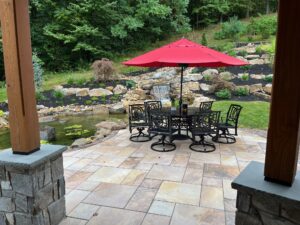
How you plan to use the space is just as important as how it looks. Are you hosting large family gatherings, designing a quiet retreat for future residents or creating play areas for kids? Choose features that blend well with the purpose of the space. For example:
- If entertaining is a priority, make room for a spacious patio, outdoor kitchen and ample seating.
- For quiet evenings, think about outdoor lighting, a water feature or a cozy fire pit.
- If kids are the focus, keep open areas for play and consider installing shade structures for sun protection.
Set a Realistic Budget and Timeline
Having a plan and a wish list is great, but you must work with a budget to keep everything grounded. Figure out how much you’re ready to invest in landscaping right now and prioritize accordingly. Focus on improvements that offer the most value this season, whether that means increasing daily usability, boosting long-term curb appeal or delivering a high return on investment.
Also, set a clear timeline. If you want to prepare your yard for summer, you’ll need to get moving as soon as possible. Some custom features, like patios and walkways, pools, outdoor fire pits, pergolas and any masonry work, can take several weeks to design and build. This means the sooner planning starts, the better.
Step 3: Pick Plants and Materials That Can Handle Central PA Summers
Choosing the right plants and materials for Central Pennsylvania is about what looks good and thrives here. And when you get that combination right, your yard practically takes care of itself.
Choose Native Plants
Native plants are a great choice for our region — they’re adapted to the local climate and require less water and maintenance. Consider these options for summer color and reliability:
Great native plants for summer landscaping in Central PA include:
- Black-eyed Susans: Cheerful yellow flowers that bloom all summer.
- Bee balm: A pollinator favorite with bold color and lovely fragrance.
- Switchgrass: Ornamental grass that adds texture and thrives in the heat.
- Dogwood trees: A classic seasonal choice.
Incorporate a mix of shrubs, perennials and flowering annuals to create visual interest all season long — whether for individual yards or shared outdoor areas in residential communities.
Pick the Right Hardscape Materials
It’s hard not to think of hardscapes when preparing your outdoor space for summer in Central PA. They are like the bones of your landscape design, providing structure, defining spaces and creating pathways.
Choose materials that can handle both sun and moisture without fading or cracking. Some great hardscape material choices for Central PA include:
- Concrete pavers: Affordable, versatile and available in many styles
- Natural stone: Offers timeless beauty and excellent durability
- Brick: Classic, warm and perfect for patios and walkways
Don’t forget to complement your landscape with thoughtful color schemes. Soft, earthy tones blend well with most homes and landscapes, while bold accent flowers or furniture can add personality.
Hire Landscape Professionals for Your Next Summer Outdoor Space Projects
Working with a professional landscaping team makes all the difference, whether you want to add sustainability solutions, a lively entertaining area or a new swimming pool design on your property.
River Valley Landscapes has served Central PA for over 30 years, and we understand what it takes to work on outdoor spaces here. Many properties have sloped terrain that needs proper grading and clay-heavy soil that doesn’t drain well. There’s also the issue of weather that can swing from heavy rain to dry heat in the same month.
We can create landscape designs that make your property’s best features pop. We’ll also recommend plants and landscape construction projects that will last in our climate. With 3D design software, we’ll even help you visualize the finished space before work begins.
We will ask questions that will help us understand your vision and bring it to life for you. Our experts have over 30 years of experience and are trained and certified to handle landscape construction projects for individual homes and large-scale residential development projects.
Let’s Make This the Summer Your Property Steals the Show
Your outdoor space should add real value to the property. It should feel like an extension of the home and create a place people actually want to use and enjoy all summer. So why wait? Contact River Valley Landscapes today for a free consultation, and let’s turn your outdoor space into a unique and functional spot this summer.
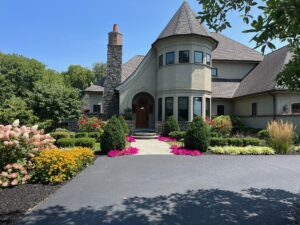



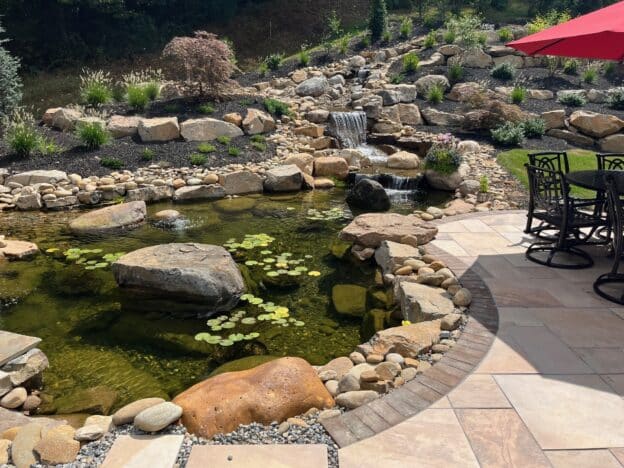



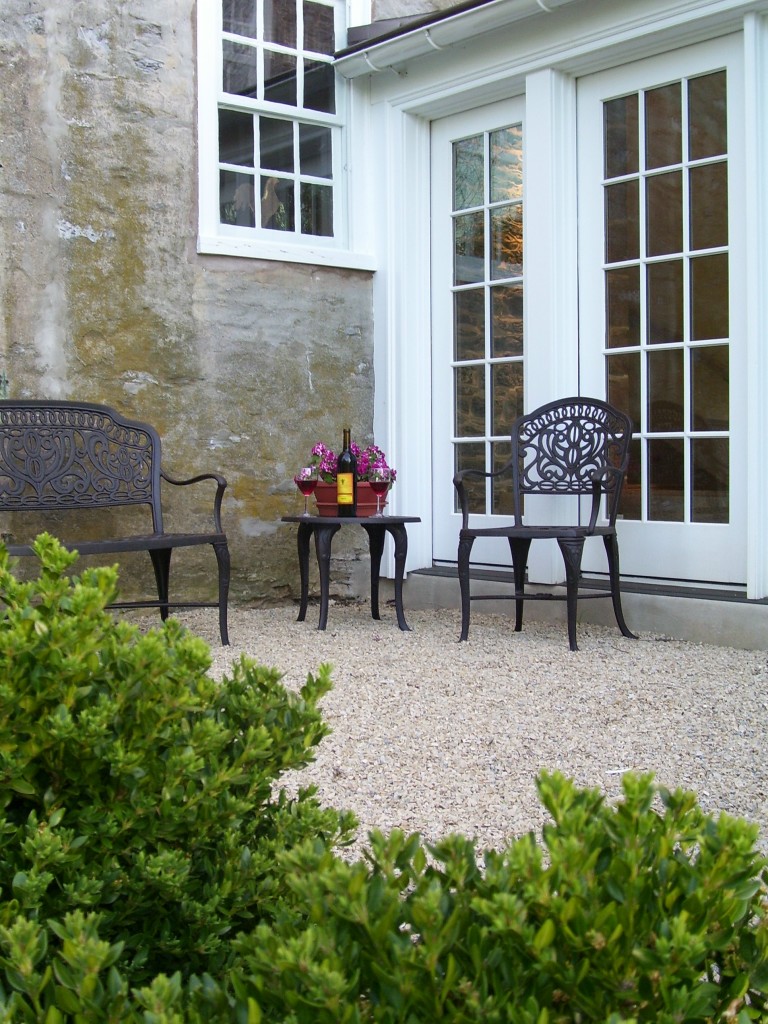 As the saying goes, there’s no place like home and the Harrisburg, Lancaster, and York region of Pennsylvania with the Dutch country’s pastoral fields, the clip-clop of horses’ hooves, and fiery sunsets is a great place to enjoy the outdoors. One way to do that is with a new or refurbished patio. Today, your local landscape design/build company can give you many options to choose from when considering a new outdoor living space. Patios can be anything from a small nook for one or two people to a space accommodating a large gathering for dinner. It can be transformed into an outdoor living room, complete with comfortable outdoor furniture, a fire pit, and a TV. The possibilities are limitless and you’re in control of your patio’s design, functionality and look.
As the saying goes, there’s no place like home and the Harrisburg, Lancaster, and York region of Pennsylvania with the Dutch country’s pastoral fields, the clip-clop of horses’ hooves, and fiery sunsets is a great place to enjoy the outdoors. One way to do that is with a new or refurbished patio. Today, your local landscape design/build company can give you many options to choose from when considering a new outdoor living space. Patios can be anything from a small nook for one or two people to a space accommodating a large gathering for dinner. It can be transformed into an outdoor living room, complete with comfortable outdoor furniture, a fire pit, and a TV. The possibilities are limitless and you’re in control of your patio’s design, functionality and look.
 Native plants add rich color, texture and dimension to your home’s landscape and living in the Harrisburg, Lancaster, or York are of Pennsylvania there are plenty of choices. Not only do they beautify your property, but they benefit the local ecosystem’s sustainability.
Native plants add rich color, texture and dimension to your home’s landscape and living in the Harrisburg, Lancaster, or York are of Pennsylvania there are plenty of choices. Not only do they beautify your property, but they benefit the local ecosystem’s sustainability.





